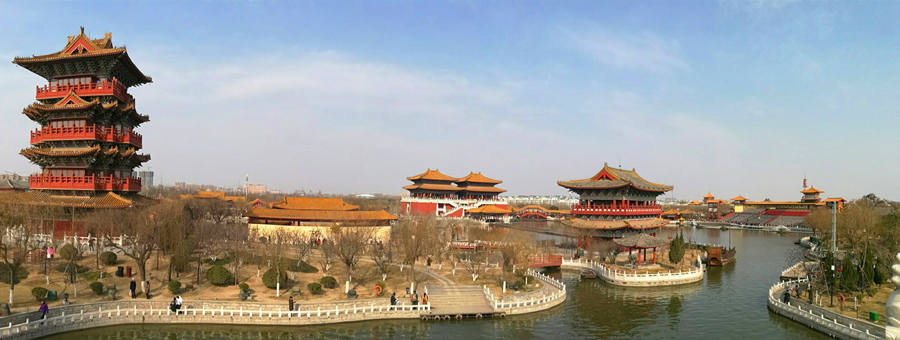China is one of oldest ancient civilizations in the world, with a written history dating back at least 4000 years. In ancient history, as time passed by, towns and cities emerged, and then the historical capitals. Due to their special status – a symbol of the nation or a vassal state, these capitals were elaborately designed and constructed, with palaces, gardens, temples, tombs, city walls and gates, watchtowers, central avenues and streets, etc. The top 10 ancient capitals of China include Beijing, Xi’an, Luoyang, Nanjing, Kaifeng, Hangzhou, Anyang, Zhengzhou, Datong and Chengdu, each of them is like a historical book of ancient China and an evolving fossil of traditional Chinese architecture.
>> 11 Days Discovery of China Ancient Capitals Tour
>> 14-day China History Tour on Train
Top 1, Luoyang – Historical Capital of China for 13 Dynasties
Generally Luoyang has a civilization history of over 5000 years. Among the five great ancient capitals of China, Luoyang was the first one to be built as a capital. It became a prosperous and influential international metropolis during Sui and Tang dynasties, and was a hub city of the Grand Canal, China. Today Luoyang, Athens, mecca and Jerusalem are hailed as the four great holy cities in the world.
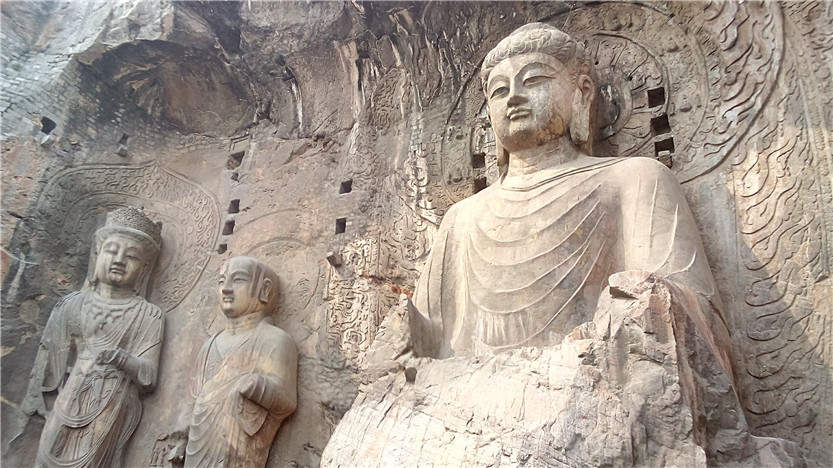
Ancient names of Luoyang: Luojing, Shendu, Luoyi, Xibo, Zhenxun
Luoyang was once the capital during the following historical periods:
- Xia Dynasty from 2070 to 1600 B.C.
- Shang Dynasty from 1600 to 1046 B.C.
- Western Zhou Dynasty from 1040 to 771 B.C.
- Eastern Zhou Dynasty from 770 to 256 B.C.
- Eastern Han Dynasty from 25 BC to 220AD
- Wei Dynasty from 220 to 265
- Northern Wei Dynasty, from 494 to 534
- Sui Dynasty, from 569 to 618
- Tang Dynasty, from 618 to 690
- Later Liang Dynasty, from 907 to 913
- Later Tang Dynasty from 923 to 936
- Later Jin Dynasty, from 936 to 938
- 1932 during the Period of Republic of China
Major historical attractions in Luoyang:Longmen Grottoes, Baima Temple, Xiangshan Temple, Luoyang Old Town, Drum Tower, Sui and Tang Grand Canal Museum, Luoyang Mingtang, Sui and Tang Luoyang City National Heritage Park, Dingding Gate
>> Recommended 6 Days Henan Ancient Capital Tour
Top 2, Xian – Historical Capital of China for 13 Dynasties
Once the political and cultural center of ancient China for over 1100 years, Xian is now celebrated as one of the four great ancient capitals in the world. It experienced its heyday during Tang Dynasty and was the starting point of the Great Silk Road.
As early as 1 million years ago, Homo Erectus Lantianensis built settlements in Xian. Back to 7,000 years ago during Yangshao Culture Period, the embryonic form of city appeared here. In 2008, the city relics of late Neolithic Gge, with a history of more than 6000 years, unearthed from Xi’an’s Yangguanzhai Village, were considered as the earliest city ruins discovered in China.
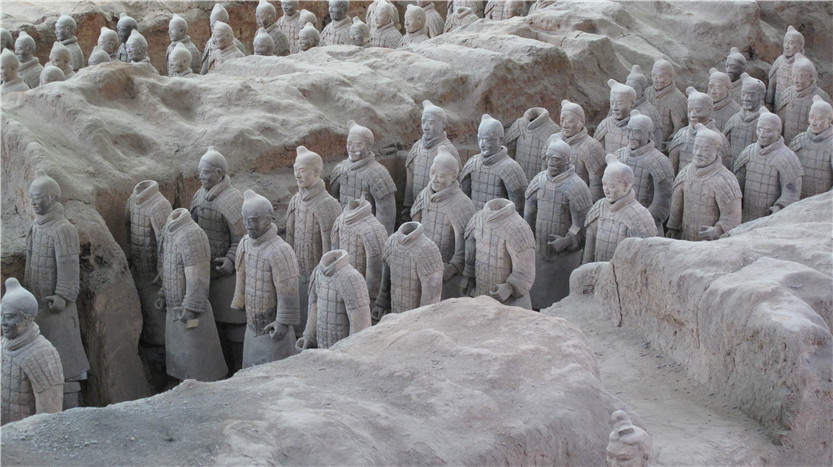
Ancient names of Xian: Chang’an, Gaojing, Jingzhao
Xian was once the capital during the following historical periods:
- West Zhou Dynasty (1046 - 771)
- Vassal State of Qin during the Warring States Period and Qin Dynasty, from 350-207 B.C.
- Western Han Dynasty (202BC – 8AD)
- Xin Dynasty (8 – 23)
- Eastern Han Dynasty from 190 to 196
- West Jin Dynasty from 313 to 316
- State of Former Zhao, a vessel state during the Sixteen Kingdoms period (265-420).
- State of Former Qin from 351 to 385
- State of Later Qin from 384 to 417
- State of Western Wei from 535 to 557
- State of Northern Zhou from 557 to 581
- Sui Dynasty from 581 to 618
- Tang Dynasty from 618 to 904
Major historical attractions in Xian: Terracotta Warriors and Horses, Xian ancient City Wall, Big Wild Goose Pagoda, Small Wild Goose Pagoda, Xian History Museum, Drum and Bell Tower, Han Yangling Mausoleum, Xian Banpo Museum
Top 3, Beijing – Historical Capital of China for 6 Dynasties
Beijing was one of the birthplaces of human beings. The appearance of Peking Man about half a million years ago during Palaeolithic Age marked the beginning of the history of Beijing. Later Beijing gradually became a major settlement and a bustling town 3000 year ago. As history went on, Beijing has become the heart and soul of China until today.
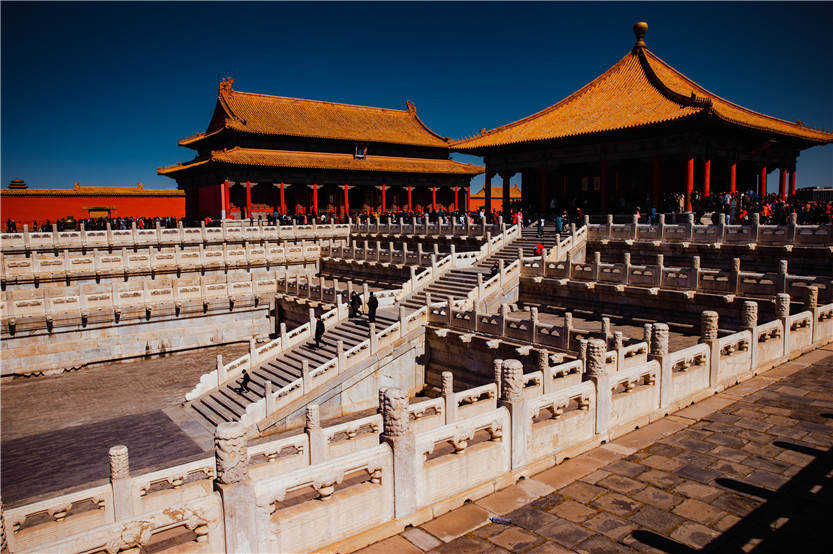
Ancient names of Beijing: Beiping, Dadu, Jingshi, Youzhou, Yanjing, Ji Cheng, etc.
Beijing was once the capital during the following historical periods:
- Sate of Yan during the Spring and Autumn Period (722-481 B.C.)
- Liao Dynasty (907 - 1125): Beijing was the secondary capital
- Jin Dynasty from 1153 to 1214
- Yuan Dynasty (1271 - 1368)
- Ming Dynasty (1368 - 1644)
- Qing Dynasty (1616 - 1912)
Major historical attractions in Beijing: the Great Wall of China, Forbidden City (Palace Museum), Temple of Heaven, Summer Palace, hutongs with courtyard dwellings, Lama Temple, the Ming tombs, Beijing-Hangzhou Grand Canal
Top 4, Kaifeng – Historical Capital of China for 8 Dynasties
There human signs of human activities in Kaifeng as early as five or six thousand years ago. It was the capital for the first time more than 4000 years ago. Kaifeng is the only exist capital in the world whose central axis has never been changed, which is a real archeological wonder. It was the biggest city during Song Dynasty and inspired the creation of the great painting works of Riverside Scene of Qingming Festival.
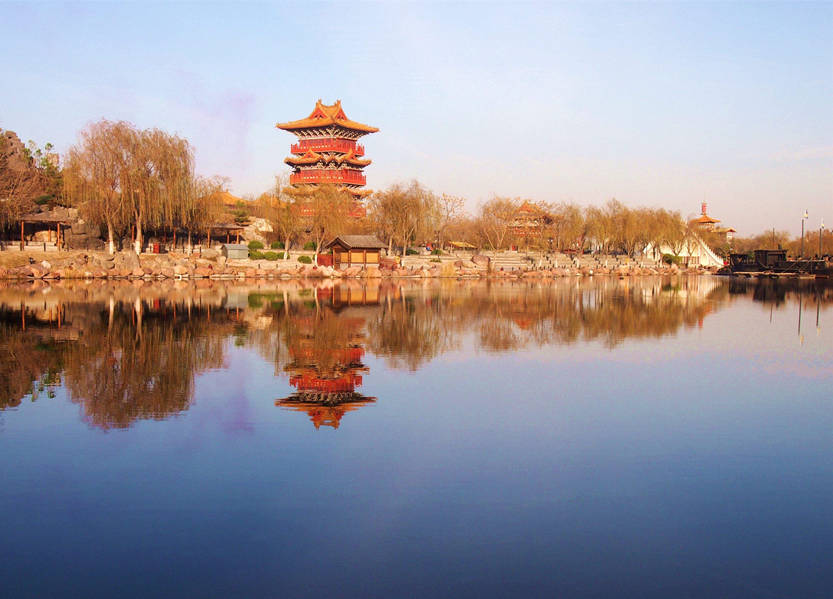
Ancient names of Kaifeng: Laoqiu, Daliang, Chenliu, Bianzhou, Bianjing, Dongjing
Kaifeng was once the capital during the following historical periods:
- Xia Dynasty, for 217 years
- Shang Dynasty, for 27 years, when Kaifeng was named Xiao
- Vassal State of Wei during The Warring States Period, from 369 to 225
- Later Liang Dynasty during the Period of Five Dynasties and Ten Kingdoms
- Later Jin Dynasty, from 938 to 947
- Later Han Dynasty during the Period of Five Dynasties and Ten Kingdoms
- Later Zhou Dynasty during the Period of Five Dynasties and Ten Kingdoms
- Northern Song Dynasty (960 – 1127)
Major historical attractions in Kaifeng: Xianguo Temple, Longting Park, Yamen of Ancient Kaifeng, Kaifeng Iron Tower Park, Kaifeng Fan Pagoda, the Park of Riverside Scene of Qingming Festival (Millennium City Park), Yanqing Taoist Temple
Top 5, Nanjing – Historical Capital of China for 6 Dynasties
Nanjing was the capital of ancient China for almost 500 years. In history, when the central plain area of China was invaded by northern nomads, the ancient monarchs usually chose Nanjing as the capital to recuperate and brought up recovery to the agriculture, economy and military force. Therefore, Nanjing was always considered the land of the renaissance of Han Nationality.
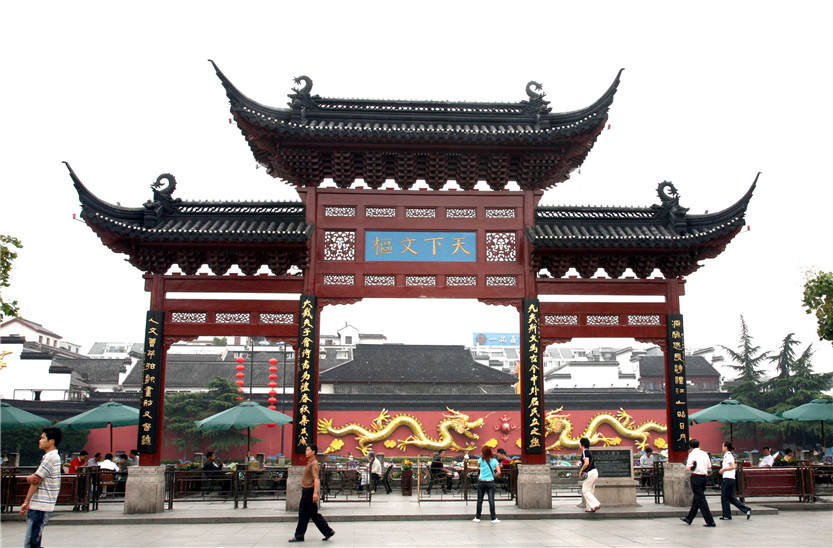
Ancient names of Nanjing: Jinling, Jiankang, Jianye, Yingtian. Jiangning, etc.
Nanjing was once the capital during the Six Dynasties Period:
- The Kingdom of Wu during Three Kingdom Period, from 222 to 280
- Eastern Jin Dynasty (317 – 420)
- Liu Song Dynasty (420 - 479)
- Xiao Qi Dynasty (479 – 502)
- Xiao Liang Dynasty (502 – 557)
- Chen Dynasty (557 - 589)
- Ming Dynasty, from 1368 to 1421
- Taiping Heavenly Kingdom, from 1853 to 1864
- The Period of Republic of China, from 1927 to 1948
Major historical attractions in Nanjing: Confucius Temple, Ming Xiaoling Mausoleum, Zhonghua Gate, Dr. Sun Yat-sen's Mausoleum, Xuanwu Lake, Memorial Hall of the Nanjing Massacre
Top 6, Hangzhou – Historical Capital of China for 2 Dynasties
Hangzhou was the ancient capital of the Wu-Yue Kingdom in the Five Dynasties and the Southern Song Dynasty. During the Five Dynasties, the Wu-Yue Kingdom, which lasted from 907 to 978, established its capital in Hangzhou.
After the Jin Dynasty destroyed the Northern Song Dynasty, the imperial family Zhao Gou fled to the south, making Hangzhou, then known as Lin'an, the capital of the Southern Song Dynasty. It lasted 138 years as the capital of the state until it was sacked by Yuan soldiers in 1276.
Hangzhou has a large number of cultural monuments. The main representative cultures include West Lake culture, Liangzhu culture, silk and tea culture, as well as the many stories and legends that have been passed down as representative of Hangzhou culture.
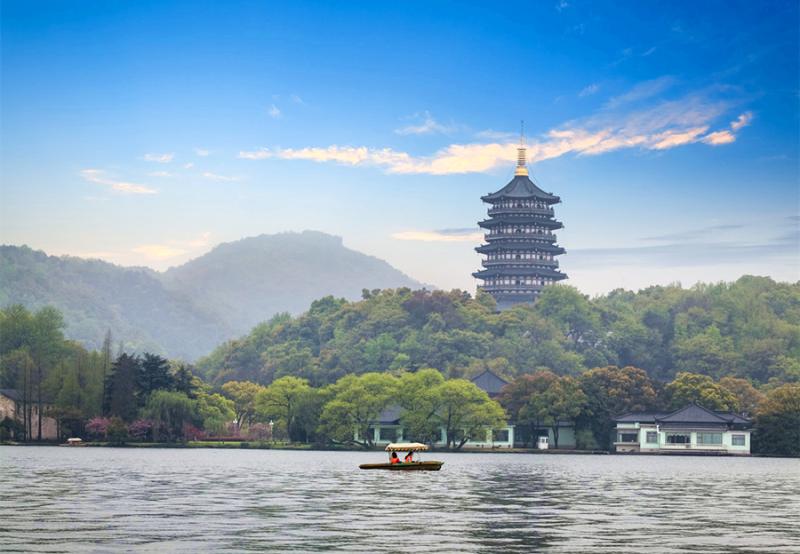
Ancient names of Hangzhou: Lin’an, Qiantang, Yuhang, Wulin, etc.
Hangzhou was once the capital during the following historical periods:
- The Wu-Yue Kingdom in the Five Dynasties, from 907 to 978
- Southern Song Dynasty from 1138 to 1276
Major historical attractions in Hangzhou: West Lake, Lingyin Temple, Leifeng Pagoda, Xixi National Wetland Park, Hefang Street, Longjing Tea Village, China National Tea Museum, China Silk Museum, etc.
Top 7, Anyang – Historical Capital of China for 7 Dynasties
Anyang had a long history of being the capital of China. Around 1300 BC, the king Pan Geng of Shang Dynasty moved his capital to Chao Ge, making Anyang the capital for 8 generations, 12 kings and 255 years.
At the end of the Eastern Han Dynasty, Cao Cao spent most of his time in Anyang, which became the actual political centre. Later, when Cao Cao was crowned King of Wei, his capital was also set in Anyang. After Cao Pi replaced the Han Dynasty, the capital was moved to Luoyang and Anyang became the accompanying capital.
During the Sixteen Kingdoms period, Anyang became the capital of the Later Zhao, Ran Wei and Qian Yan. During the Northern and Southern Dynasties, Anyang was the capital of the Eastern Wei and Northern Qi.
It should be noted that some of the ancient ruins of Anyang are actually in Linzhang County, Handan, Hebei Province, due to minor changes in the ancient city sites.
Ancient names of Anyang: Yin, Yecheng, Yejun, Xiangzhou, Changde Prefecture, etc.
Major historical attractions in Anyang: Yin Dynasty ruins museum, Grand Canal Weihe (Yongji Canal) section of Hua County, Lingquan Temple Grottoes, Yuefei Temple, Tianning Temple and Pagoda, etc.
Top 8, Zhengzhou – Historical Capital of China for Arguably 8 Dynasties
Zhengzhou is an up-and-coming city, but with a very long history.
The capitals of the Xia and Shang dynasties were moved from time to time, and both dynasties had their capitals in Zhengzhou. The history of Zhengzhou's capital is indisputable, but ambiguous, because it is so long ago.
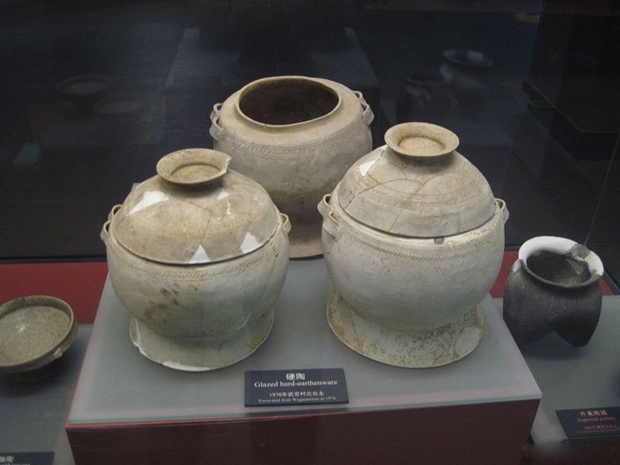
During the Spring and Autumn Period, a number of vassal states existed within Zhengzhou, which later moved its capital to Xinzheng (part of ancient Zhengzhou), thus making it an important city. In the Warring States period, after Han Kingdom destroyed Zheng Kingdom, the capital was moved to Xinzheng. Of course, Zheng and Han were only vassal states, and it is inaccurate to count these two periods as the history of the founding of the capital (besides, the history of Xinzheng was not exactly the history of Zhengzhou).
Ancient names of Zhengzhou: Shangdu, Green City, etc.
Major historical attractions in Zhengzhou: Shaolin Temple, Zhongyue Temple, Song Yang academy, Huishan Temple, Zhengzhou section of Bianhe River in Tongji Canal, Songshan Mountain, etc.
Top 8, Datong
Datong is the most overlooked of the ancient Chinese capitals. Situated at the combination of agrarian and nomadic areas, Datong was strategically important for the regimes established by the nomadic peoples of the north.
Apart from some of the vassal states that had established their capitals here in the pre-Qin period (such as the Dai state), the first dynasty to establish a capital in Datong was the Northern Wei, with Tuohu Gui moving his capital to Pingcheng (today's Datong) in 398 A.D. Datong remained the capital of the Northern Wei for nearly a hundred years before Emperor Xiaowen moved his capital to Luoyang in 493.
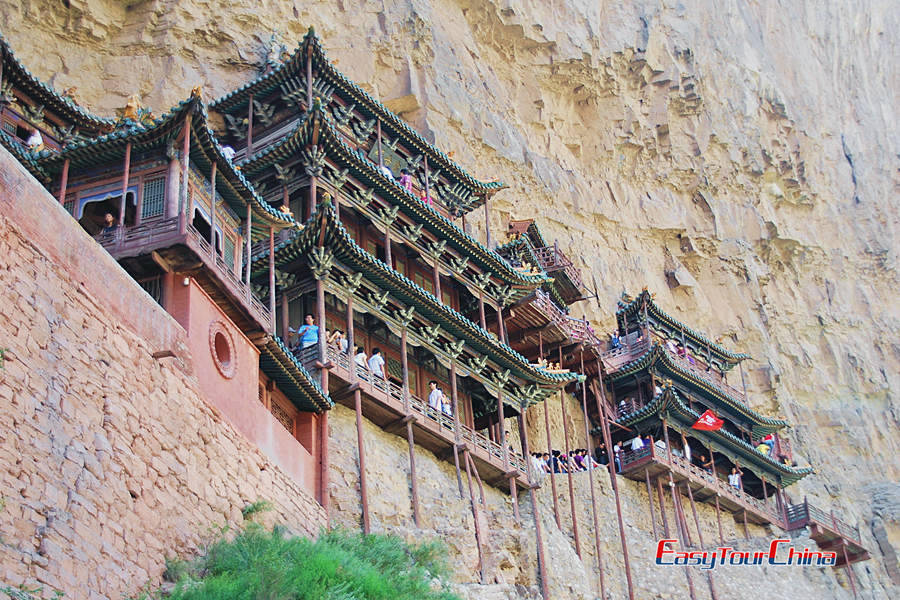
During the Liao Dynasty, Datong was one of the accompanying capitals and was called Xijing. The Jin Dynasty followed suit.
In the early Yuan dynasty, Datong was still called Xijing, but later lost its status as an accompanying capital.
Ancient names of Datong: Yunzhong, Pingcheng, Yunzhou, Phoenix City, etc.
Major historical attractions in Zhengzhou: Yungang Grottoes, Hanging Monastery, Huayan Temple, Mount Heng, The Great Wall Datong section, Datong City Wall, Daiwang Mansion, Datong Fangte Happy World, etc.
Top 10, Chengdu
Chengdu was first the capital of the ancient state of Shu. The ancient Shu civilisation was very advanced and the world was astounded by the excavated artefacts from Sanxingdui.
At the end of the Xin dynasty (9AD - 23AD), Gongsun Shu ruled in Yizhou and established himself as emperor in Chengdu, forming the 'Chengjia' regime, which reigned for 12 years. This regime was later overthrown by the new Eastern Han Dynasty.
At the end of the Eastern Han Dynasty, Liu Yan ruled Yizhou from Chengdu". After Liu Bei took over, he established the Shu Han regime and Chengdu became the official capital of ancient China. The Shu Han Dynasty lasted for 43 years.
At the end of the Western Jin Dynasty, Li Xiong became emperor in Chengdu and established the state of 'Dacheng'. Chengdu became the capital again for 41 years.
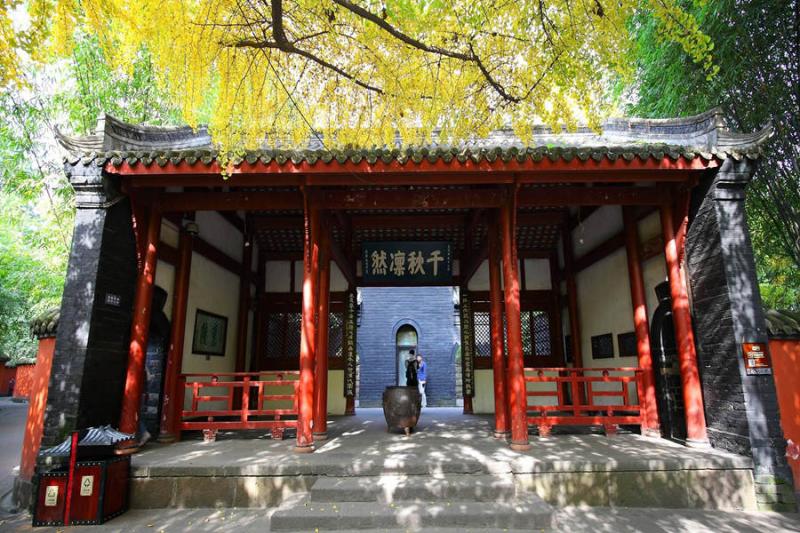
During the Tang dynasty, Chengdu became the capital for two short periods of time, as the Tang dynasty moved to Chengdu twice during the An Shi Rebellion and the Huang Chao Rebellion. The first lasted three years, during which time Chengdu was known as 'Nanjing', and the second lasted four years.
During the Five Dynasties and Ten Kingdoms Period, the former Shu and later Shu regimes were established in Chengdu, lasting for over 50 years.
The last time Chengdu became the capital of the state was during the Ming and Qing dynasties, when Zhang Xianzhong established the Great West Regime.
Ancient names of Chengdu: Rongcheng, Jincheng, Furong City, Jinguan City, etc.
Major historical attractions in Chengdu: Dujiangyan, Qingcheng Mountain, Du Fu Cottage, Wuhou Temple, Jinsha Site, Qingyang Palace, Giant Panda Breeding Research Base, Kuanzhai Alley, Sichuan Cuisine Museum, Wenshu Temple, etc.
Keep Reading:
